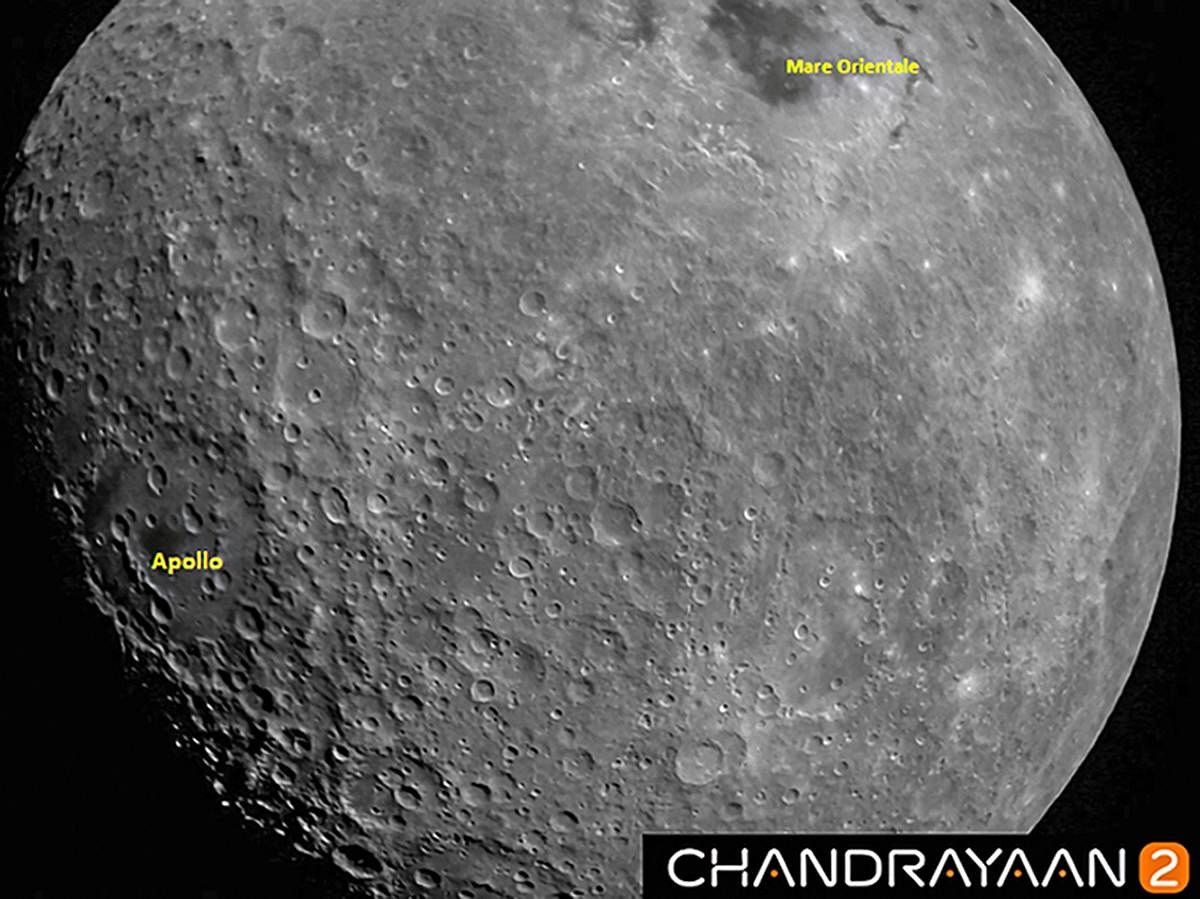
The Chandrayaan-2 is ISRO's most ambitious Moon mission. The Vikram lander is set to descend on the lunar surface on September 7 at between 1:30 and 2:30 a.m. In the advent of this historic national event, let's see five lesser-known facts about the Moon:
The Moon is the fifth largest satellite in the solar system
The Earth’s moon is at about 3,475 km in diameter. It is around 80 times lesser in volume than the earth. Jupitor’s moon - Ganymede - is the largest moon with a diameter of 5,268 km.
When viewing from the moon, the Earth goes through phases
It is certainly a given that the eclipses of the Moon occur due to the shadow of the Earth falling over it. It is the same phenomenon when an astronaut views the Earth from the natural satellite. For example, it is a full Earth there, when it's new moon for us, last-quarter Earth when it is first-quarter moon.
Naming Moon craters have rules
The moon’s craters are named after chiefly after famous astronomers. Copernicus Crater is named after the Polish astronomer in the 1500s - Nicolaus Copernicus - a who realized that it is the planets move about the sun, not vice versa.
The Moon was considered to be nuclear bombed in the 1950s
In 1949, the USA's the Armour Research Foundation had started their study of the effects of nuclear blasts on the environment. By 1957, Edward Teller, the “father of the H-bomb” proposed a detonation test to be done in space, with one in the Moon and one next to it, to test the effects on the lunar surface.
This was after the Soviets launched their first satellite, Sputnik 1, in 1957, and the US was losing the Cold War. The project was called ‘Project A119’. Luckily, the idea was shot down and never carried out.
The Moon is moving away from the Earth annually
The Moon is moving approximately 3.8 cm away from the Earth every year, and it is estimated to do so for the next 50 billion years. The Moon will then take around 47 days to go around the Earth. The Moon currently takes 27.3 days to revolve around our planet.